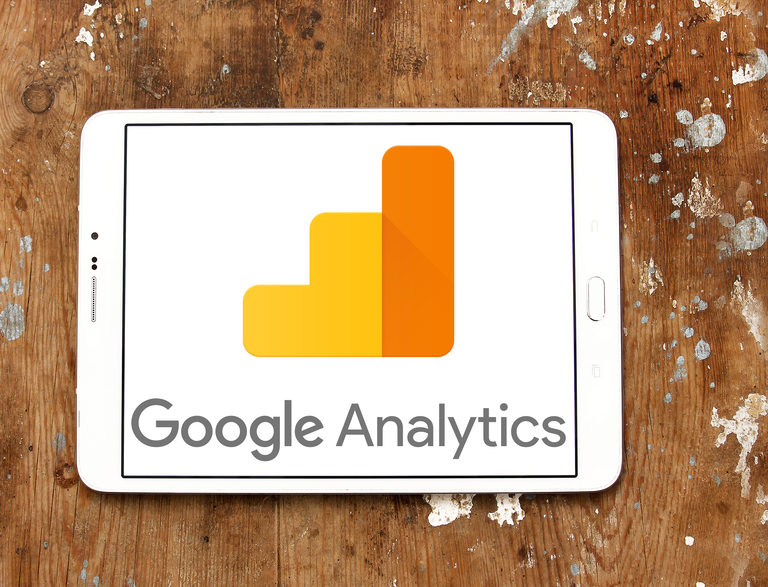The coronavirus pandemic has impacted lives and livelihoods. It struck a massive blow to the entire U.S. economy, but it affected industries differently. Some businesses, such as restaurants, personal care services, and museums, had to close their doors entirely for a time – long enough to force layoffs for many and closure for others. Other businesses, such as landscaping companies, saw an increase in business. Regardless of how your industry and your business have been affected, communications and digital advertising in the pandemic can help you address the changes.
To find solutions that work for you, ask – and answer – these questions:
What do my customers and potential customers need to know?
You’ve probably already mastered the ongoing, pre-pandemic messages that you send to consumers. However, the pandemic’s rapidly shifting landscape makes your messaging different – and even more important. Customers need to know the “latest” from your business:
- Hours of operation
- Current levels of service
- Current “menu” of services and products
- Health and safety protocols: contactless pick-up or delivery, mask requirements, employee guidelines, etc.
What are the primary options for getting my message out?
This, too, has been affected by the pandemic. You probably don’t get the same foot traffic you used to, making physical storefront signage less effective. On the other hand, people home, spending more time than ever on social media, online gaming, e-commerce, virtual learning, video streaming services, and other digital services. This makes digital communications and digital advertising in the pandemic your ideal strategy.
Given coronavirus considerations, best messaging options include:
- Signage: Limited reach, but inexpensive, and can still be useful.
- E-newsletters: Inexpensive, reaching those on your current e-news mailing list.
- Websites: An important means of public communication and worth the investment to have an effective, professional site; inexpensive once established, and important to keep it updated, especially in this rapidly changing environment.
- Social media: Free to simply post if you already have social media followers, but your reach is limited; advertising significantly increases followers and views.
- Print advertising: Effective for branding and advertising, though not as flexible as digital.
- Digital advertising: Agile, flexible, and cost-effective; can be the best way to get a leg up during these challenging times.
How will digital advertising in a pandemic give me a leg up?
The fact that people are spending more time on digital platforms makes this an ideal time to run digital ads. Benefits and options include:
Capture your ideal audience:
- SEM (Search Engine Marketing) targets the customers who are searching for products and services just like yours.
- Site Retargeting targets customers who have been to your website and left – the ideal solution for these changing times!
- Geofencing targets consumers who have been near your place of business or affiliate businesses.
Digital advertising makes it easier to pivot, in your message and in your method:
- The message: When businesses are closed and people are home, branding messages help businesses remain on customers’ radar. These messages could be of community support like Kenmore promoting their mask production initiative, or could be about celebrating your staff as Kroger has done.
- The method: Display ads and social media advertising keep businesses front-of-mind.
- The message: As businesses open gradually, hours and services are still limited, which customers need to know.
- The method: Updated website and Google Places pages
- The message: Customers venturing out may still be concerned about businesses’ safety measures.
- The method: As people begin venturing out, SEM targets those searching to use specific services, and geofencing captures them when they’re in the neighborhood.
How can I best connect with consumers?
Nostalgic ads have been growing in appeal – and now, more than ever. Nostalgia transports us away from the stress of current events. One example is the Applebee’s commercial, released in early July, using the theme song from the 1970s sitcom, Welcome Back, Kotter. Nostalgia and escapism provide a needed distraction while making your message current.
Other means of connecting with customers show the power of a digital message. Interactive content engages them emotionally, cerebrally, for longer stretches of time. And video ads and moving GIFs capture their attention when a static ad might otherwise get overlooked.
Effective messaging and advertising are more important than ever before, as businesses struggle in this challenging environment. Digital advertising and communications are here to help.



